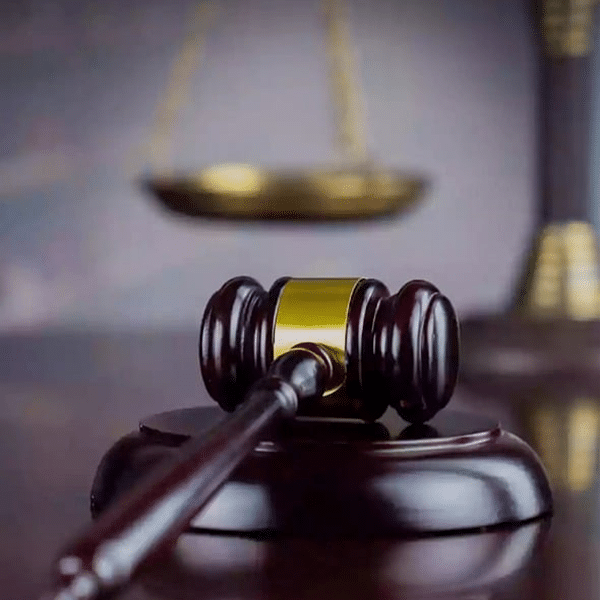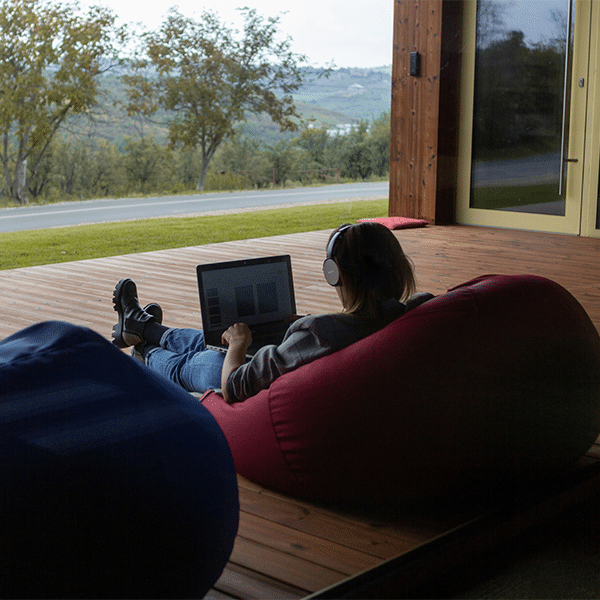AT&T is expanding 5G connectivity for the FirstNet network. In addition, the carrier will boost in-building connectivity and will enhance the resilience of Tennessee’s 9-1-1 network.
FirstNet is a nationwide first responder mobile network operated by AT&T.
The 5G FirstNet expansion means that public safety in more than 40 cities — including Boston, Charlotte, Chicago, Minneapolis, Nashville, Phoenix, Seattle and St. Louis — will be able to access AT&T mid-band 5G+ spectrum.
Combining that with markets where 5G operating in other spectrum bands is available, FirstNet users in 100 markets now have 5G connectivity available to them.
The key to enhancing in-building coverage is Cell Booster Pro mini cellsites, which will be available to qualifying first responder agencies free of charge. The Cell Booster Pro uses Band 14 spectrum and AT&T’s commercial LTE spectrum. Three of these devices can mesh together within a structure. This, AT&T says, can increase coverage by up to 45,000 square feet and support almost 200 users.
AT&T also said that it is providing backup to 9-1-1 call centers — also known as public safety answering points (PSAPs) — in Tennessee by integrating ESInet with the FirstNet network. This will enable the network to reach PSAPs that are hard to reach or are experiencing an outage. ESInet is an AT&T offering designed specifically for PSAPs to enhance their capabilities.
If the primary connection to the ESInet is disrupted, the call automatically is routed over FirstNet to a remote PSAP, AT&T said in a press release. In addition, the system creates a “path for future Next Generation 9-1-1 technologies” such as video and images, AT&T said.
“Our commitment to first responders is unparalleled. By delivering 5G on FirstNet in this unique way, public safety is getting a head start on the future of connectivity, without compromising on the reliability they require for their critical communications,” Public Sector and FirstNet president Jason Porter said in a press release. “And with first responder agencies now able to put their network in buildings where they need it most, we’re equipping first responders with a network that’s second-to-none today and for decades to come.”
Joan Engebretson contributed to this report.



